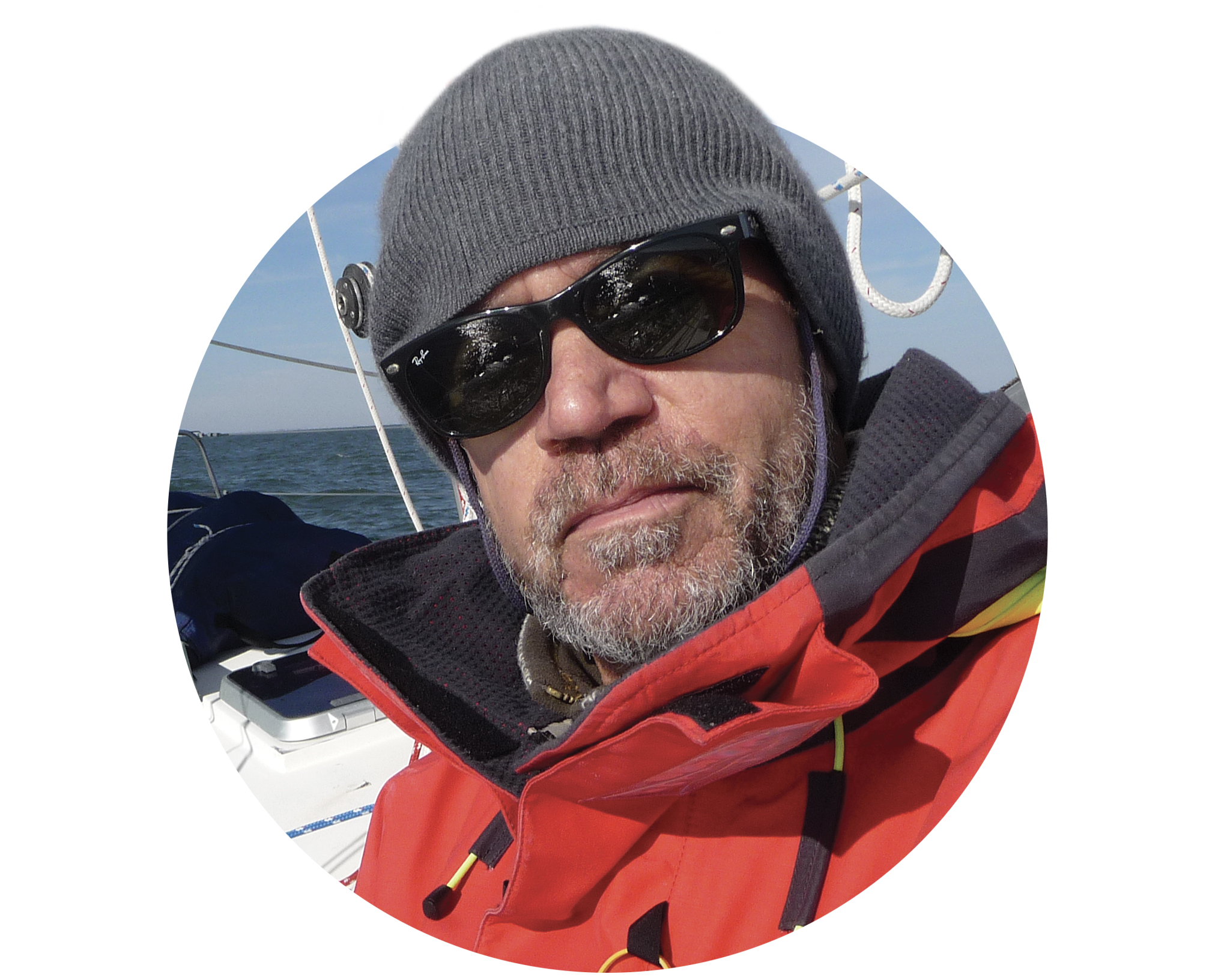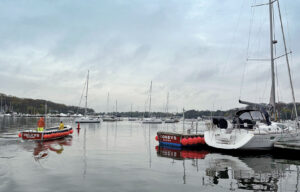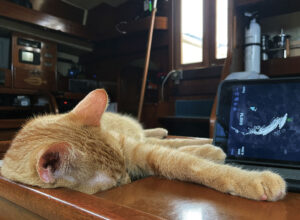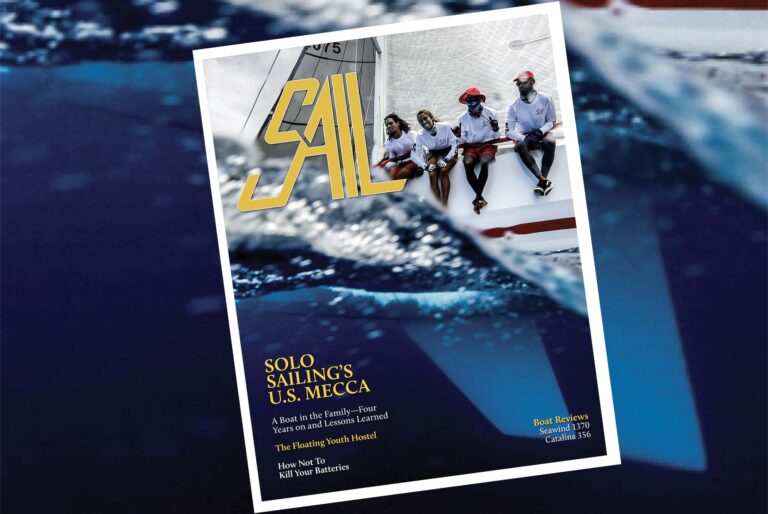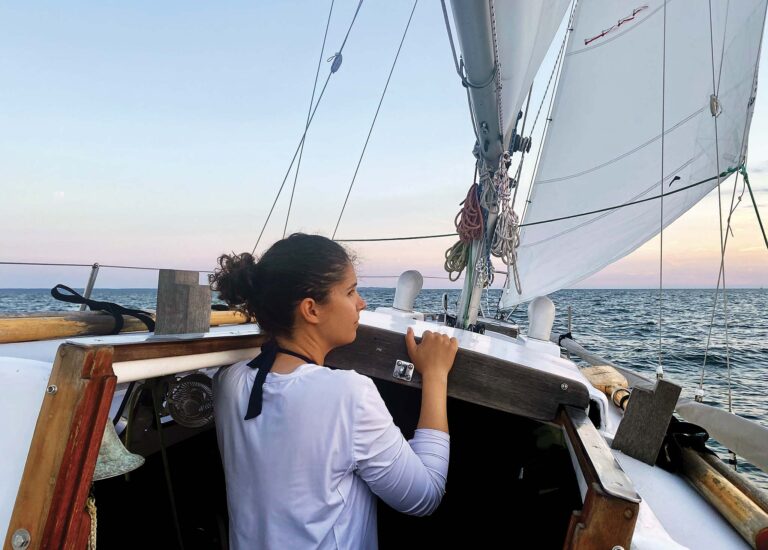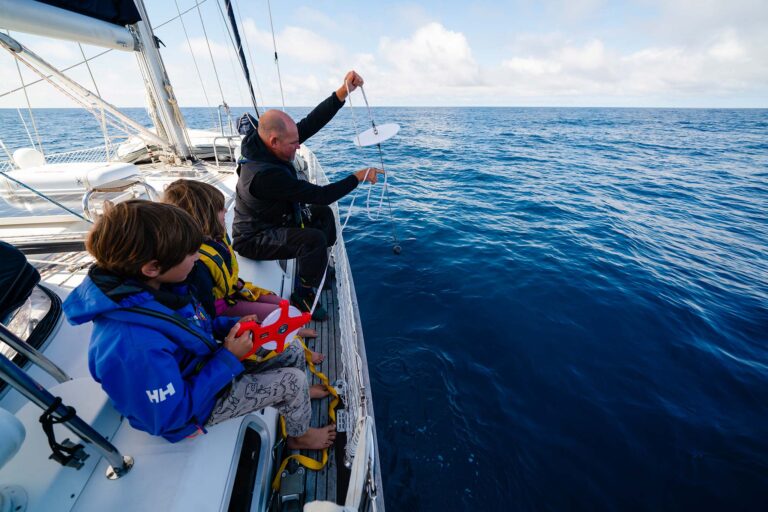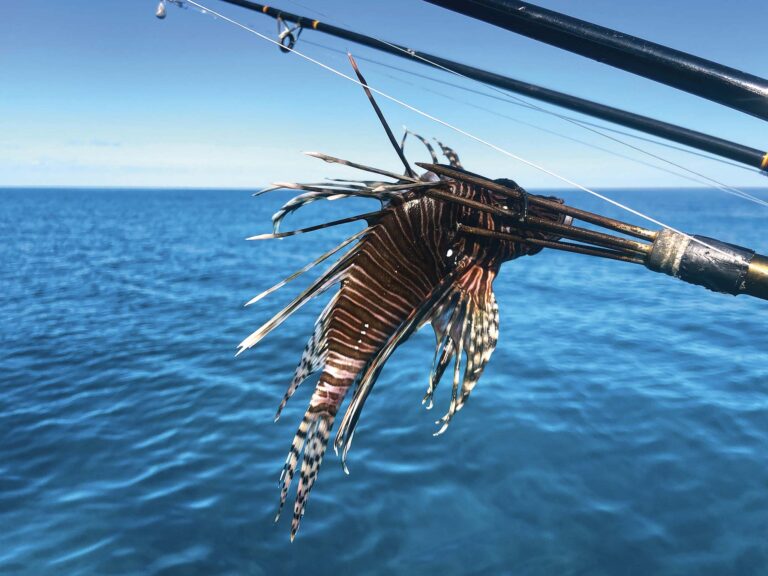It is just over two years now since Thomas Tangvald went missing at sea while sailing singlehanded from French Guyana to Fernando de Noronha, an island far off the coast of Brazil, and I find I am still haunted by the loss. I never met the young man (he was aged 37 when he disappeared), but I had known of him for many years, ever since I read a book by his father, Peter Tangvald, titled At Any Cost: Love, Life & Death At Sea.

If you’ve read the book, you may be experiencing a small shock of recognition here. Yes, I mean that Thomas Tangvald. You can see a photo of him at age 15 on the back of the book inspecting the shattered remains of his father’s boat after it piled up on a reef off the island of Bonaire in the southern Caribbean in 1991.
Thomas lost both his dad and his younger half-sister, Carmen, in that wreck, an event he barely survived and witnessed from a surfboard in the dark of night. And this, amazingly, was just the last in a myriad of tragedies that defined his childhood—the first being witnessing the murder of his French mother, Lydia, at the hands of pirates in the Sulu Sea when he was only 3, the second being the loss of his Chinese stepmother, Ann (mother of Carmen), who got clubbed overboard by an errant boom during a transatlantic passage from the Canary Islands to Grenada when he was 8.
Thomas was both born and raised on his father’s home-built 50ft yawl, L’Artemis de Pytheas, and was the ultimate “cruising kid.” His dad was very much a hardcore traditionalist, sailing only engineless boats with no electricity, and Thomas absorbed all this and more, teaching himself both yacht design and celestial navigation from books he found onboard. He even built a sextant all on his own from scratch. After he was orphaned he went to live with Edward and Clare Allcard, two well-known sailors who were close to his dad, and soon proved what a fine mind he had by winning a scholarship to study mathematics at university.
Not long after graduating, Thomas returned to the sea and sailed singlehanded across the Atlantic from England to the Spanish Virgin Islands in a 22ft gaff cutter. Taking after his dad, he sailed with no engine, no electronics and no proper charts. His landfall in the Caribbean, he wrote Clare Allcard, was the happiest day of his life.
Thomas made a life for himself in the Spanish Virgins. He was well-known in traditional-boat racing circles, which is how he met his wife, Christina, at Foxy Callwood’s Wooden Boat Regatta on Jost van Dyke. Together they had a son, Gaston, and started a small organic farm on the island of Vieques.
After some years on Vieques the couple decided to emigrate to Brazil, and Thomas, characteristically, determined they should travel by boat. To this end he purchased a 34ft open-cockpit Puerto Rican traditional nativo sloop, Oasis, and converted her to a bluewater cruiser. He added a cabin and modified her rig, but still she had no engine, no electricity, no lifelines even, and by any modern standard, she was a very crude vessel.
Thomas succeeded in sailing this humble craft some 2,000 miles, mostly to windward, from Vieques to the mouth of the Amazon, with his heavily pregnant wife and small son aboard. He documented his voyage in a series of articles for the Caribbean magazine All at Sea. This was also the boat he was aboard when he disappeared in March 2014, sailing on his own to Fernando de Noronha, which is where he hoped ultimately to settle with his family.
He was, by any measure, a remarkable young man. He overcame staggering tragedy, but it never made him cautious. He continued, as his father had, to live his life on his own terms. He was given a very fitting epitaph by his half-sister, Virginia (born to his father’s last wife, Florence, who left him before the wreck at Bonaire), who told a Norwegian newspaper shortly after he was lost: “Our family has experienced many tragedies. But when you put yourself on the quest for freedom and finding one’s true nature, there is no other way of living that does not feel like a tragedy in itself.”
SAIL’s Cruising Editor, Charles J. Doane, sails his Tanton 39 on the Maine coast and down in the West Indies whenever he gets the chance. He is the author of The Modern Cruising Sailboat, published by International Marine, and is a contributing blogger at SAILfeed.com
April 2016

